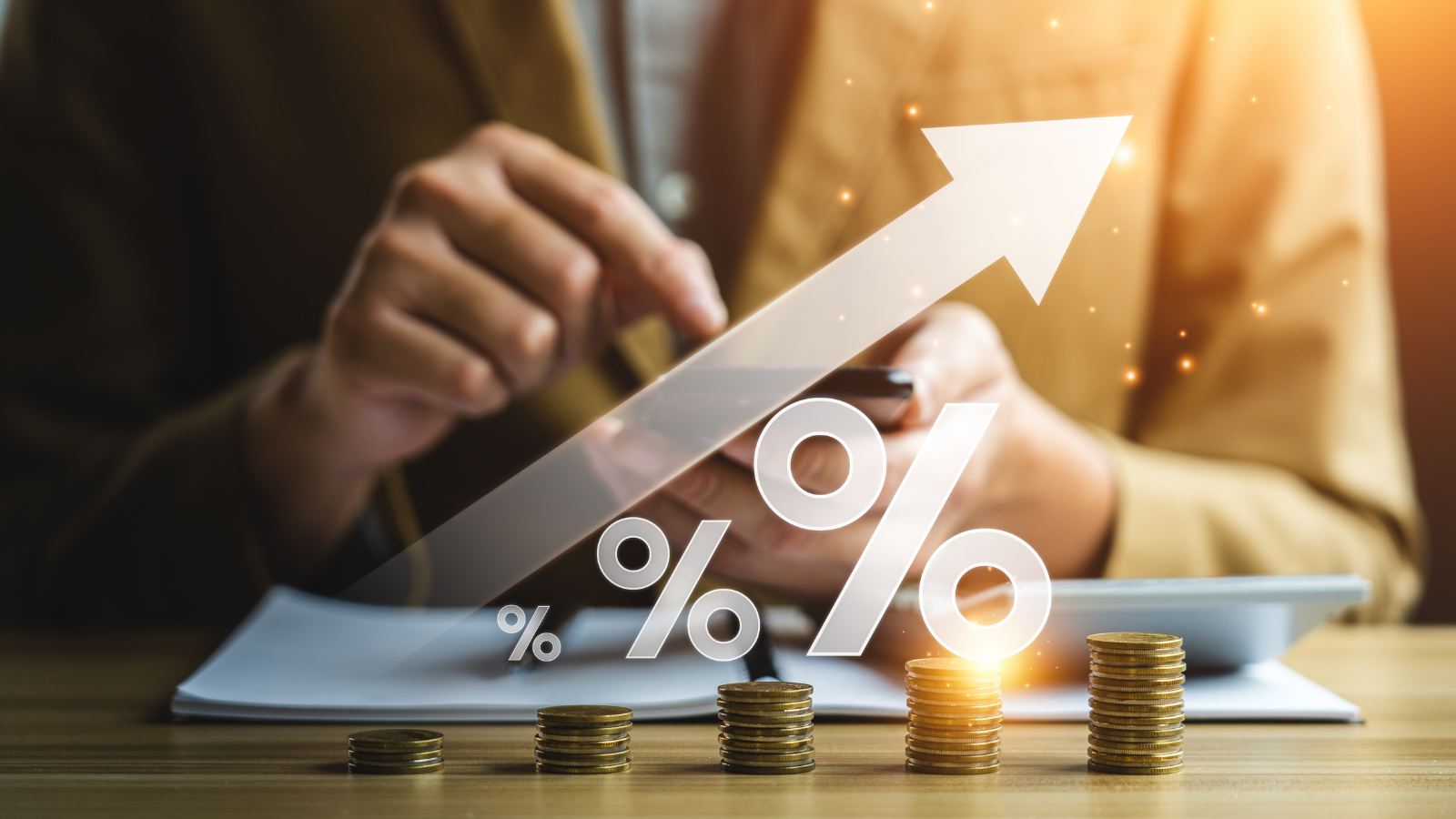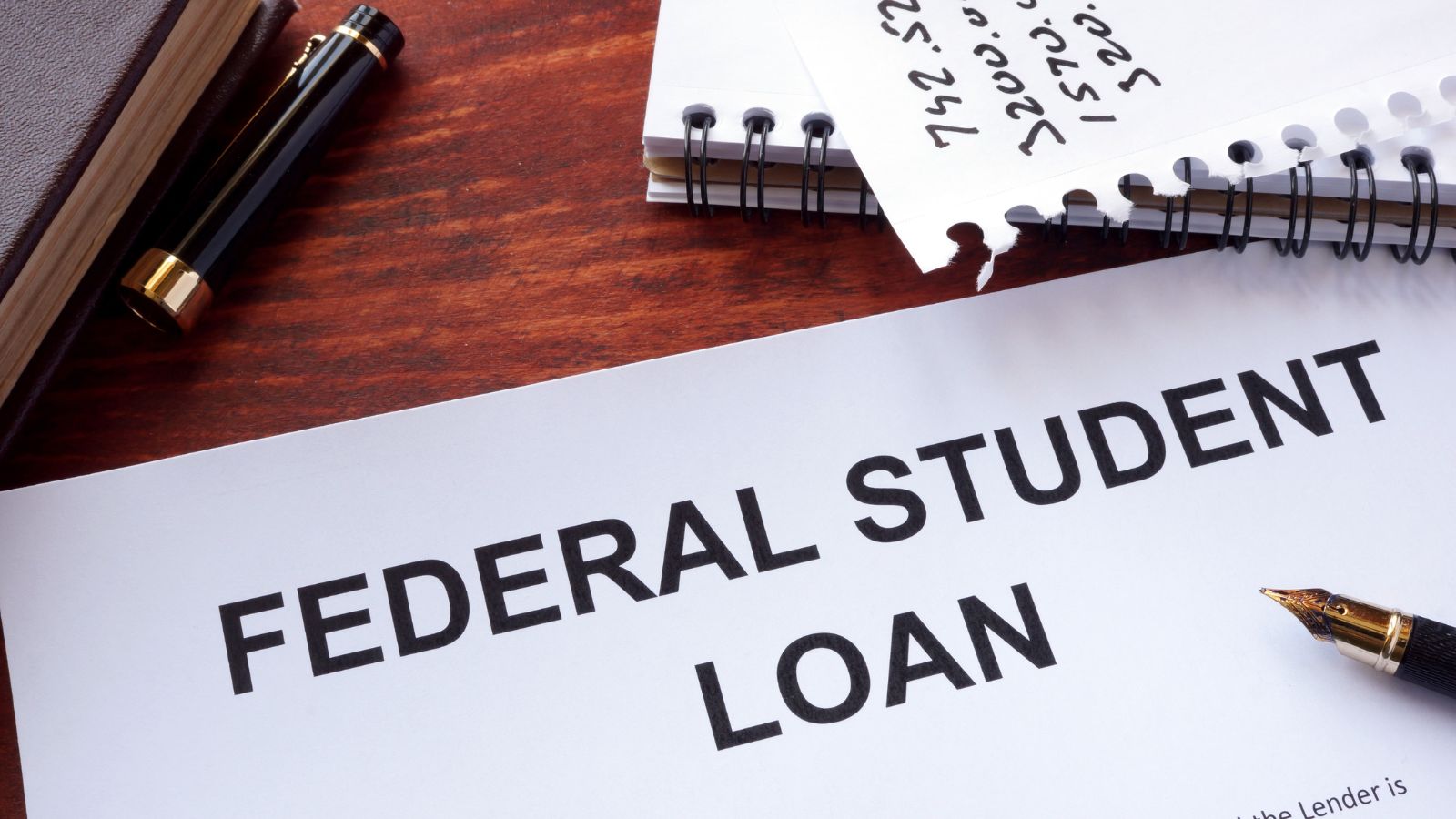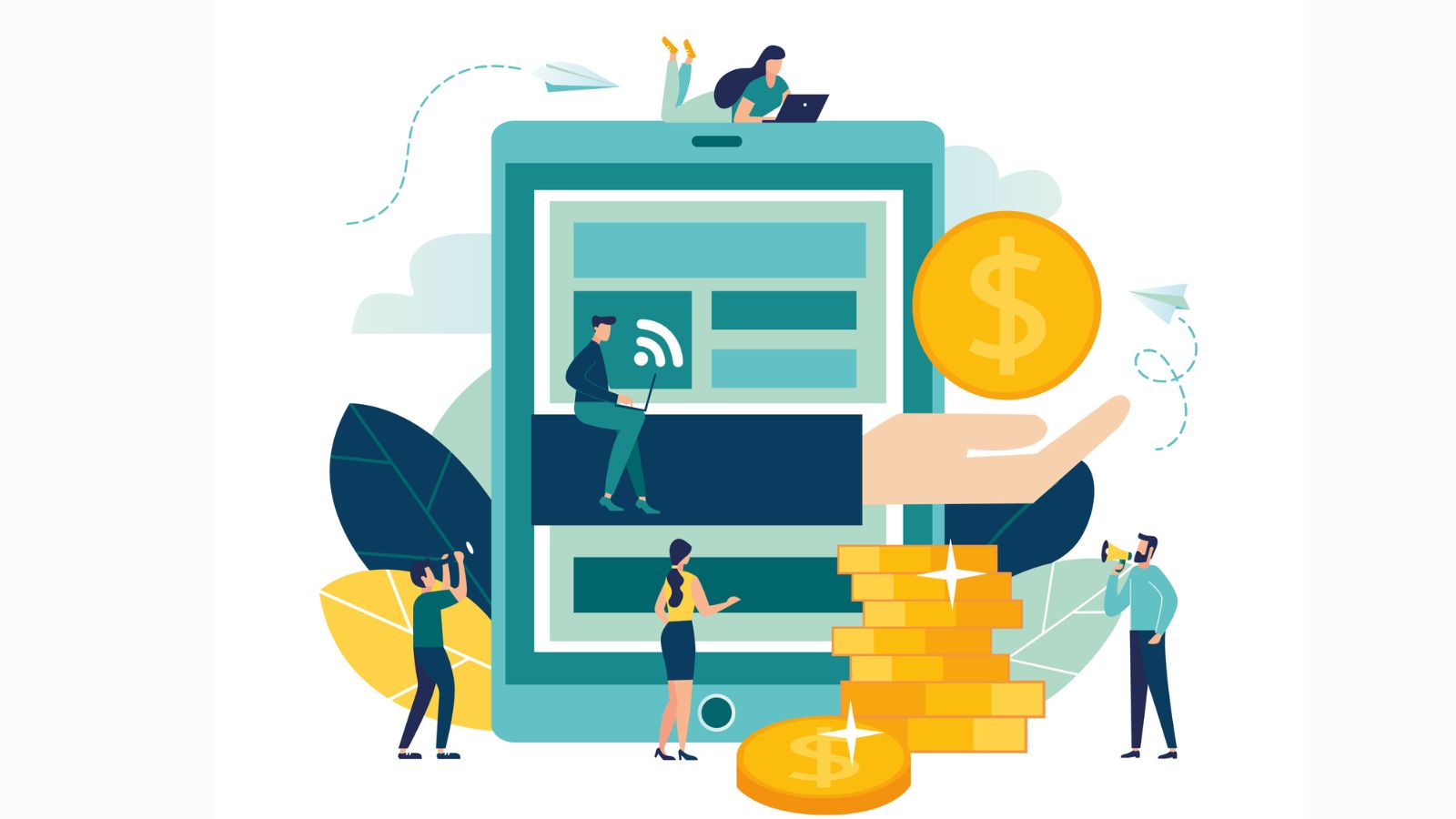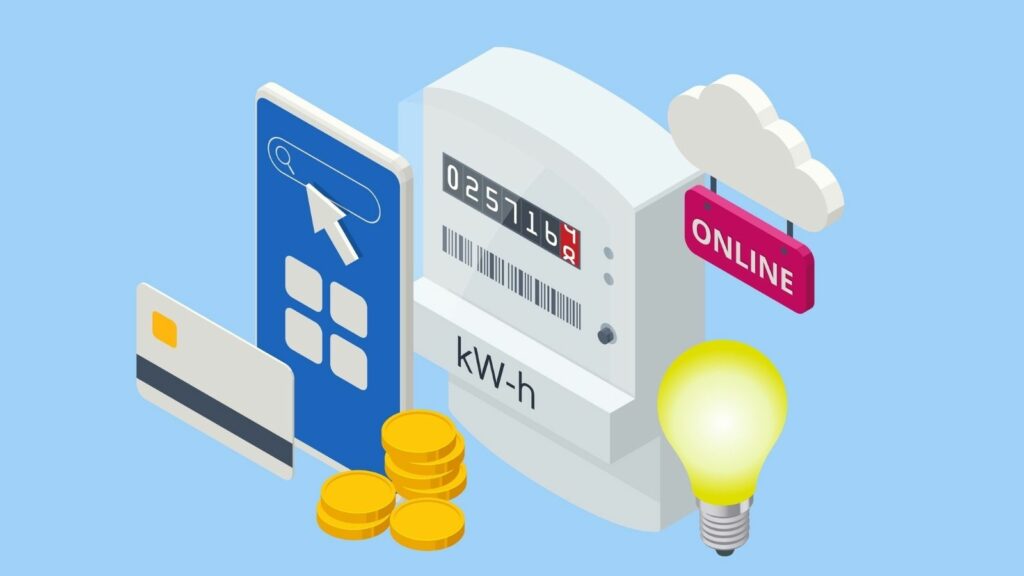In many countries, consumer debt has become a very concerning issue, leading to numerous problems. It has a significant effect on both consumers and the economy. Below are some of the essential and disturbing trends related to consumer debt that need attention.
Increasing Credit Card Balances

Many consumers depend more on credit cards due to rising costs and inflation. This reliance leads to higher interest payments and increasing credit card balances, which further strain their financial situations.
Schemes Like Buy Now, Pay Later

These schemes, where customers can buy now and pay back in installments, are designed to attract customers. However, they often lack proper planning and can negatively impact long-term financial stability for consumers and the economy.
Higher Interest Rates

Since the COVID-19 pandemic, the world has struggled to stabilize its economy. With inflation rising daily, banks have increased interest rates in an attempt to combat inflation. This increase has resulted in higher borrowing costs, further burdening consumers with escalating debt.
Student Loan Debt

The ongoing hyperinflation and economic instability have led to uncertainty in various sectors. Education has become increasingly unaffordable, causing student loan debt to skyrocket and pressuring the younger generation with overwhelming financial obligations.
Auto Loan Debt

The prices of cars have reached unprecedented levels, especially in third-world countries that are already struggling economically. As these prices increase, so does the gap between affordability and loan amounts, making auto loans a growing concern.
No Savings for Emergency Situations

Consumers find themselves trapped in a vicious cycle of daily expenses, making saving nearly impossible and leaving them vulnerable in emergencies. The lack of savings further exacerbates their financial instability.
Debt Collection Practices

There has been an increase in aggressive debt collection practices. These practices often leave consumers feeling stressed and helpless as they struggle to manage their financial obligations under the weight of mounting debt.
Rising Home Equity Loan Debt

Economic instability has affected all aspects of life, including housing and real estate prices. The increasing costs of homeownership and the rising debt associated with home equity loans make life increasingly difficult for many consumers.
Subprime Lending Growth

Lenders are increasingly targeting subprime borrowers, which creates financial instability. This imbalance can lead to a rise in debt levels and reduced financial flexibility, making it harder for consumers to manage their finances.
Lack of Financial Literacy

Financial literacy is crucial for making informed financial decisions. However, many people lack the necessary knowledge about economic systems and issues. Educating the younger generation on these topics is essential for securing their future and reducing the likelihood of debt accumulation.
Inequitable Debt Systems for Minorities

A nation cannot progress if it has different laws and systems for majorities and minorities. This division leads to injustice, with marginalized groups often burdened by loans and debt, exacerbating social and economic inequalities.
Failure to Repay Debt

With rising inflation and stagnant wages, it becomes increasingly difficult for many consumers to repay their debts. This inability to meet financial obligations leads to further uncertainty, higher interest rates, and, in many cases, bankruptcy.
Medical Debt

Quality medical care has always been expensive, and in today’s unstable economy, medical costs are unaffordable for many. This situation leads to an increase in medical debt, further straining consumers’ financial resources.
Rising Living Costs

We live in a time where it is challenging to make ends meet, putting everyone under immense social and economic pressure. The rising cost of living continues to burden individuals, pushing them further into debt as they try to manage their expenses.
Consolidation of Debt

Debt consolidation is often seen as a solution for consumers struggling with multiple debts. While it can provide short-term relief by combining debts into a single payment, it does not address the underlying issues, offering only temporary respite.
Digitalized Payment Systems

The rise of digital payment systems has made transactions more convenient and secure. However, it has also led to increased spending and a greater risk of accumulating debt, as consumers may not fully grasp the implications of their purchases.
Economic Uncertainty

A stable economy is essential for a stable society. As economic uncertainty increases, daily expenses become more complicated to manage, leading consumers to borrow more. This borrowing results in an ever-growing debt burden.
Increasing Personal Loans

In response to rising living costs and economic pressures, many people turn to personal loans as a short-term solution. This reliance on personal loans contributes to the overall increase in personal debt, adding to financial stress.
Increasing Credit Scores

As the cost of living increases, so does the need for credit. Higher credit scores often result from increased borrowing, but they also indicate higher levels of debt, which can be problematic for long-term financial health.
Increased Bankruptcy

Bankruptcy is the ultimate consequence of rising living costs and unmanageable debt. The poorest are particularly affected, as they have fewer resources to manage their financial challenges, leading to an increase in bankruptcy rates.
Conclusion

The disturbing trends in consumer debt highlighted above are alarming and require close attention. Consumers must navigate this challenging financial landscape carefully, identifying systemic loopholes and taking proactive steps to protect themselves from the burden of debt. By staying informed and making prudent financial decisions, individuals can better manage their finances and reduce their risk of falling into the debt trap.
14 Cars with a Reputation for Running Forever and Why They Outperform the Rest

In the dynamic world of automobiles, some cars stand out for their remarkable longevity and enduring performance. These road warriors have earned a reputation for running seemingly forever, outpacing their counterparts. This article will explore 14 such vehicles and the reasons behind their legendary durability.
14 Cars With A Reputation For Running Forever And Why They Outperform The Rest
